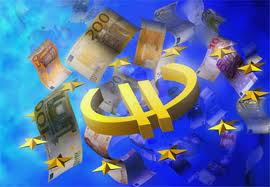Jul 14, 2015

CPI Europe Column edited by Anna Tzanaki (Competition Policy International) & Juan Delgado (Global Economics Group) presents:
The Economics of the UPS/TNT Case Revisited: Implications for the Future by Enrique Andreu, Jorge Padilla & Nadine Watson (Compass Lexecon)
Intro by Anna Tzanaki (Competition Policy International)
With the Commission’s prohibition decision on the UPS/TNT merger recently published, a comment on the economic analysis of the case is quite timely. This is an important decision as it has been the first time that efficiencies were considered of the size and quality capable to outweigh any anticompetitive effects of the transaction, at least in some of the affected markets, and also to be passed-on to consumers. The authors closely examine the Commission’s analytical approach focusing on price concentration models and assessment of efficiencies. This analysis is important for another reason: the same framework may be used to assess the proposed FedEx/TNT merger, which is set to be decided next month. We hope you delve into the discussion and enjoy reading!
Two years ago, the European Commission blocked the UPS/TNT merger2. The public version of the European Commission decision was published only recently, on 12 May 2015. This note summarises and assesses the main analyses done in that case, and then considers the likely implications of the application of that analytic framework for the proposed FedEx/TNT transaction and any othe
...THIS ARTICLE IS NOT AVAILABLE FOR IP ADDRESS 216.73.216.85
Please verify email or join us
to access premium content!





